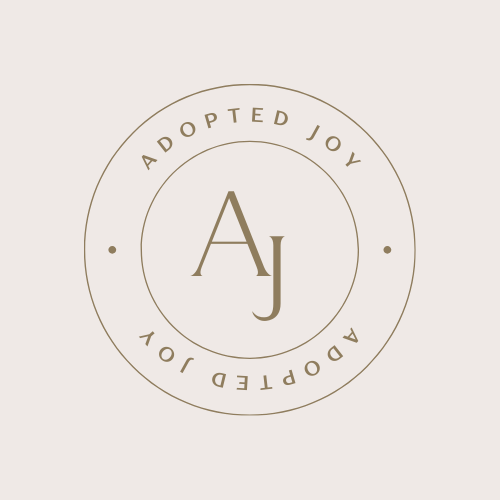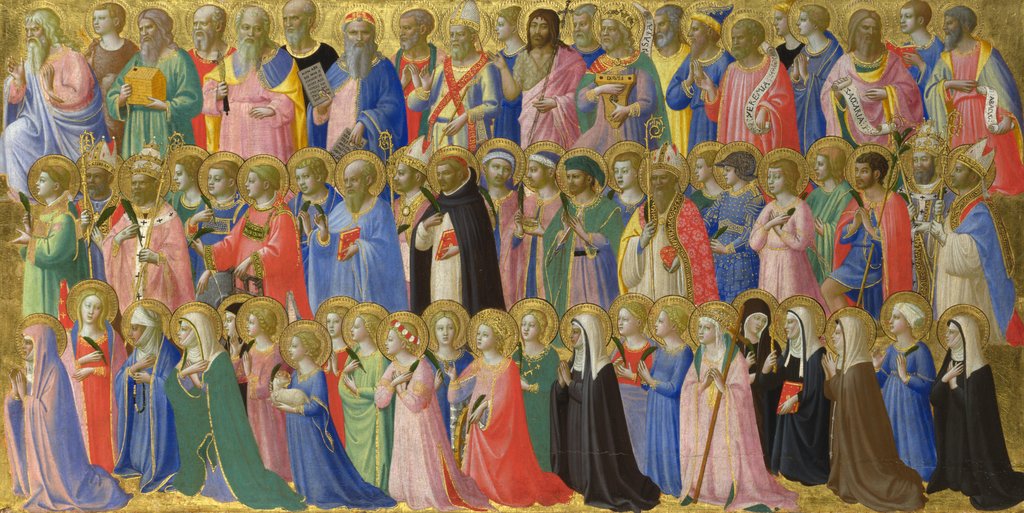“Why did you become Catholic?”
If you google “Why I am Catholic” you will come up with a LOT of hits. It would seem to indicate that this is a pretty hot topic. You might even land at this website, which is devoted to Catholic conversion stories, or on the Patheos blog by Frank Weathers that is entirely focused on answering that question.
I have been asked time after time to tell the story behind my conversion to the Catholic Church, and always my response has been “I’m going to write about that… I’m working on it.” And it’s really true. I have started to write this amazing story more times than I can count. But it’s a colossal undertaking. It essentially encompasses my entire autobiography, my whole spiritual journey which started at birth, and really even before my birth, because it all started with my father — and my friends, that story is too big for me to tackle. I would need a more organized mind, a better memory, greater spiritual discernment and wisdom, and considerably more skill as a writer if I were to have any hope of doing it justice.
But it has occurred to me that maybe, perhaps, I can follow in Frank Weathers’ footsteps and go at this in a piecemeal fashion, examining some of the many questions that I found answered in the fullness of the Catholic Church and nowhere else. Fair warning: As I post about this from time to time, I will probably link to articles frequently, because I did so very much reading as I was converting. Just trust me when I say, if I post a link, it’s because another author’s explanation is better than anything I could come up with on my own. If you are really interested in my story, you’ll want to read the part of it that they wrote!
So here we go – the first installment of Nettie’s Story: Why I Am Catholic. I can’t promise that you will find “the last answer” to any question here; but I can promise that I will try to point you toward answers that I have found satisfactory – however clumsy, incomplete, and haphazard my attempts may be.
The word “credo” is Latin for “I believe,” the first words in the two creeds that are primarily used on a regular basis in the Mass: The Apostle’s Creed and the Nicene Creed. The first that I learned, and the first that I taught my children when they were still tiny, is the Apostle’s Creed, one of the earliest formal statements of Christian belief:
Latin:
Credo in Deum Patrem omnipotentem, Creatorem caeli et terrae,et in Iesum Christum,
Filium Eius unicum, Dominum nostrum,
qui conceptus est de Spiritu Sancto,
natus ex Maria Virgine, passus sub Pontio Pilato, crucifixus, mortuus, et sepultus,
descendit ad inferos, tertia die resurrexit a mortuis,
ascendit ad caelos, sedet ad dexteram Patris omnipotentis, inde venturus est iudicare vivos et mortuos.
Credo in Spiritum Sanctum,sanctam Ecclesiam catholicam, sanctorum communionem,remissionem peccatorum,carnis resurrectionem,vitam aeternam.
Amen.[21]
English:
I believe in God, the Father Almighty, Creator of Heaven and earth;
and in Jesus Christ, His only Son Our Lord,
Who was conceived by the Holy Spirit, born of the Virgin Mary, suffered under Pontius Pilate, was crucified, died, and was buried.
He descended into Hell; the third day He rose again from the dead;
He ascended into Heaven, and sitteth at the right hand of God, the Father almighty; from thence He shall come to judge the living and the dead.
I believe in the Holy Spirit, the holy Catholic Church, the communion of saints, the forgiveness of sins, the resurrection of the body and life everlasting.
Amen.
I suppose it was in the early 2000’s that I began to ponder the question in my mind (often as I was sitting in church, because my mind wanders and runs off on tangents that way): What do these words mean to me? What do they mean to this particular community of Christians? How is that different from what they mean to other communities of Christians? And most importantly, what did these words mean to the original authors, the apostles themselves and their earliest successors? That right there was the critical question. If what we mean when we say these words is different from what they meant in the beginning, why is that? And how do I know what the true meaning is?
Because there can’t be more than one true meaning. That would be nonsense.
So I went looking for answers – or more precisely, I went looking for the truth. (Autobiographical note: One of the things that has always made me giddy with delight is listening to (or reading) debates and dialogues about theology. In my teens, I used to sit and listen to the men of our church discuss theology, philosophy and apologetics as long as I possibly could. To say I was fascinated would be a gross understatement. I was a through-and-through fan-girl.) In those days (the early 2000’s), I was reading a tremendous amount from Reformed theologians as well as blogs where Reformed pastors commented (and argued) at length. I confess that I lurked. I was a consummate lurker. 🙂 I lurked, and then I went and found the blogs of some of the commenters, and I read and followed their comments, and so on and so on.
Over time, I noticed something interesting and surprising. Being Reformed blogs, while the general level of discussion was usually blunt, the commentary was uniformly vitriolic about the Catholic Church. That was a bit off putting – I couldn’t understand the seething hatred, especially from men who purported to be spiritual leaders and shepherds. But what surprised and interested me most was the calm, rational, and charitable response consistently given by Catholics who commented there. I was intrigued, I was drawn in – especially when it seemed that there were no good Reformed responses to the Catholic position, for all the sound and fury. I wanted to know more about these Catholics, what their background was, why they were so patient, loving, and unflappable in the face of this kind of opposition.
So I went, as was my custom, and found the blog of the primary Catholic interlocutor on several of the Reformed sites, and that’s when I fell down the rabbit hole, so to speak. I discovered Principium Unitatis: A blog dedicated to the reunion of all Christians, and then in 2009, Called To Communion: Reformation Meets Rome, where I got a front row seat in watching dialogue unfold between (primarily) men who were almost all trained in Reformed seminaries – but half of whom had gone on to become Catholic. What could be more fun for a theology geek like me? By that time, as much as I had read, I was pretty well convinced of the truth of the Catholic position, and reading lengthy, footnoted articles about Catholic doctrine, followed by comment threads that ran into the hundreds and thoroughly answered every conceivable objection raised, helped greatly in solidifying my understanding of the Church with which I now wanted desperately to be fully united.
As I mentioned it was 2009, and I was eagerly reading and learning as fast as I could. And then the unexpected happened. On April 8th, 2009, Wednesday morning of Holy Week, my father, a permanent deacon in the Reformed Episcopal Church, died. There is much about that time that is burned into my heart; but perhaps the most profound experience of my life occurred during Easter morning worship with the King of Glory Reformed Episcopal Church family. Surrounded by this tightly knit family of believers, united in mourning the loss of both a spiritual and earthly father, yet inexplicably, unimaginably, raising our hearts in praise to our Heavenly Father for the great hope of all hopes given to us by His Son’s death and resurrection, I was lifted up to Heaven during that service – and experienced the time-transcending worship of the communion of the saints! I understood in that moment what the creed really meant, and I was flooded with an almost blinding joy, followed by surpassing peace.
About a year and a half later, our family entered RCIA, and at Easter Vigil in 2011 we were received into full communion with the Catholic Church – and on that day, the longing of my heart was fulfilled.
Of course, I haven’t stopped reading and learning! I’ve consumed a few dozen books in the last 5 years. And although I don’t quite have the time to keep up with the Called to Communion articles and their comboxes, I have several favorite authors I find helpful and I squeeze in some reading when I can. Just this morning I read a particularly excellent article on the topic of the Communion of the Saints that prompted me to finally begin this process. I urge you to go to National Catholic Register and read
Saints: Our Unseen Prayer Partners
by Mark Shea
For those who are interested in further exploration and reading, about this or any other “Catholic question”, drop me a note in the comment box and I will be happy to either answer, or (more likely) direct you to competent authors who can do a better job than yours truly. 🙂



